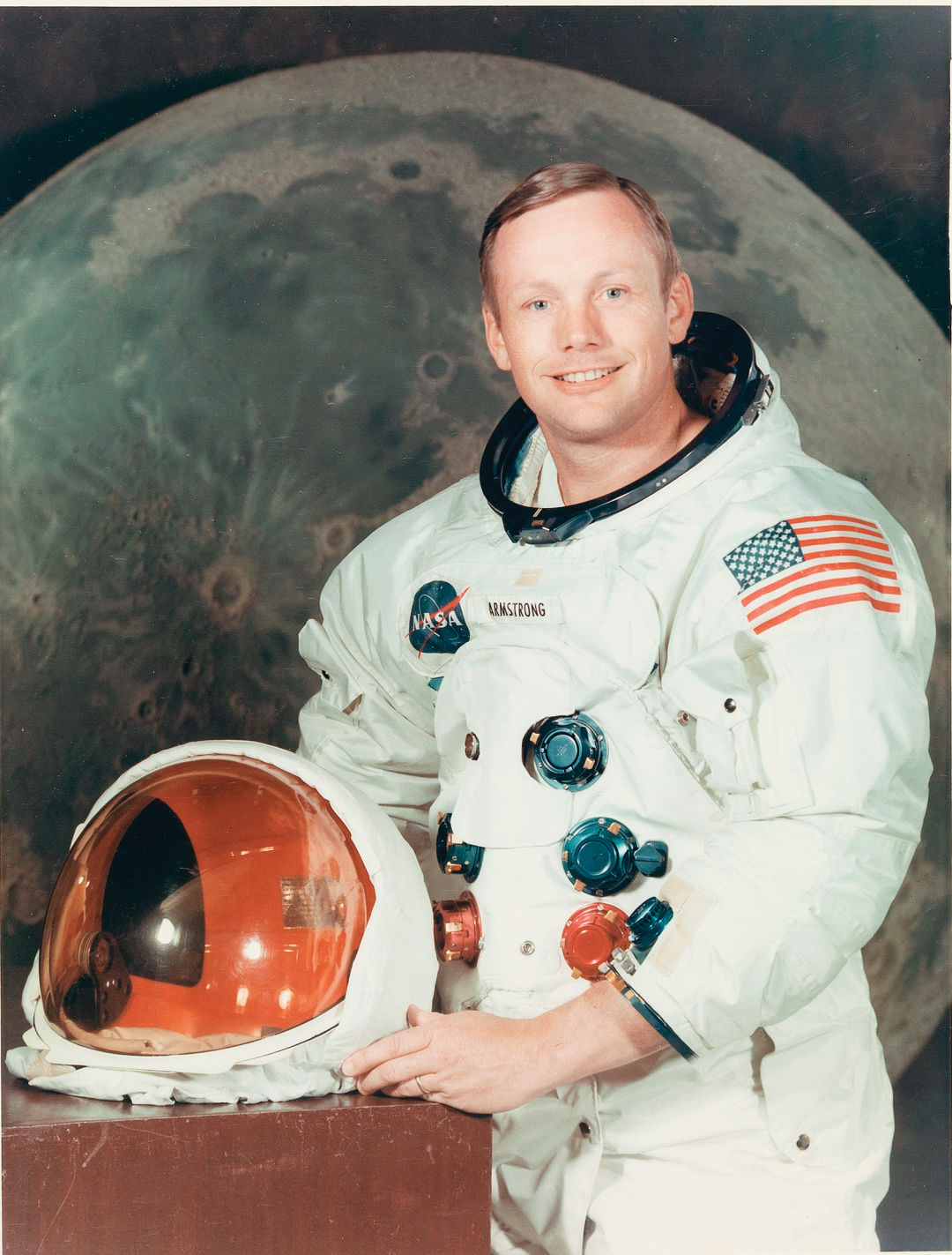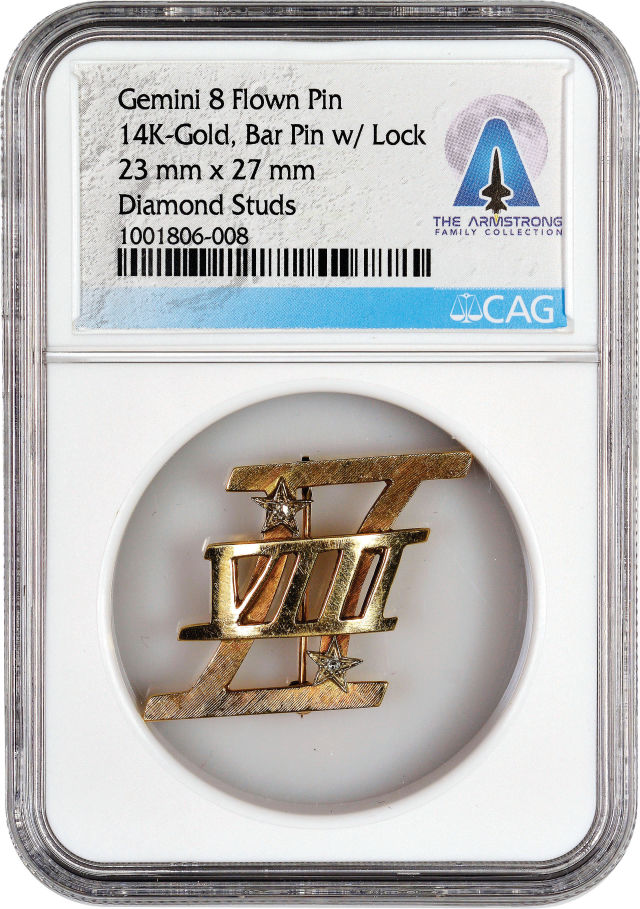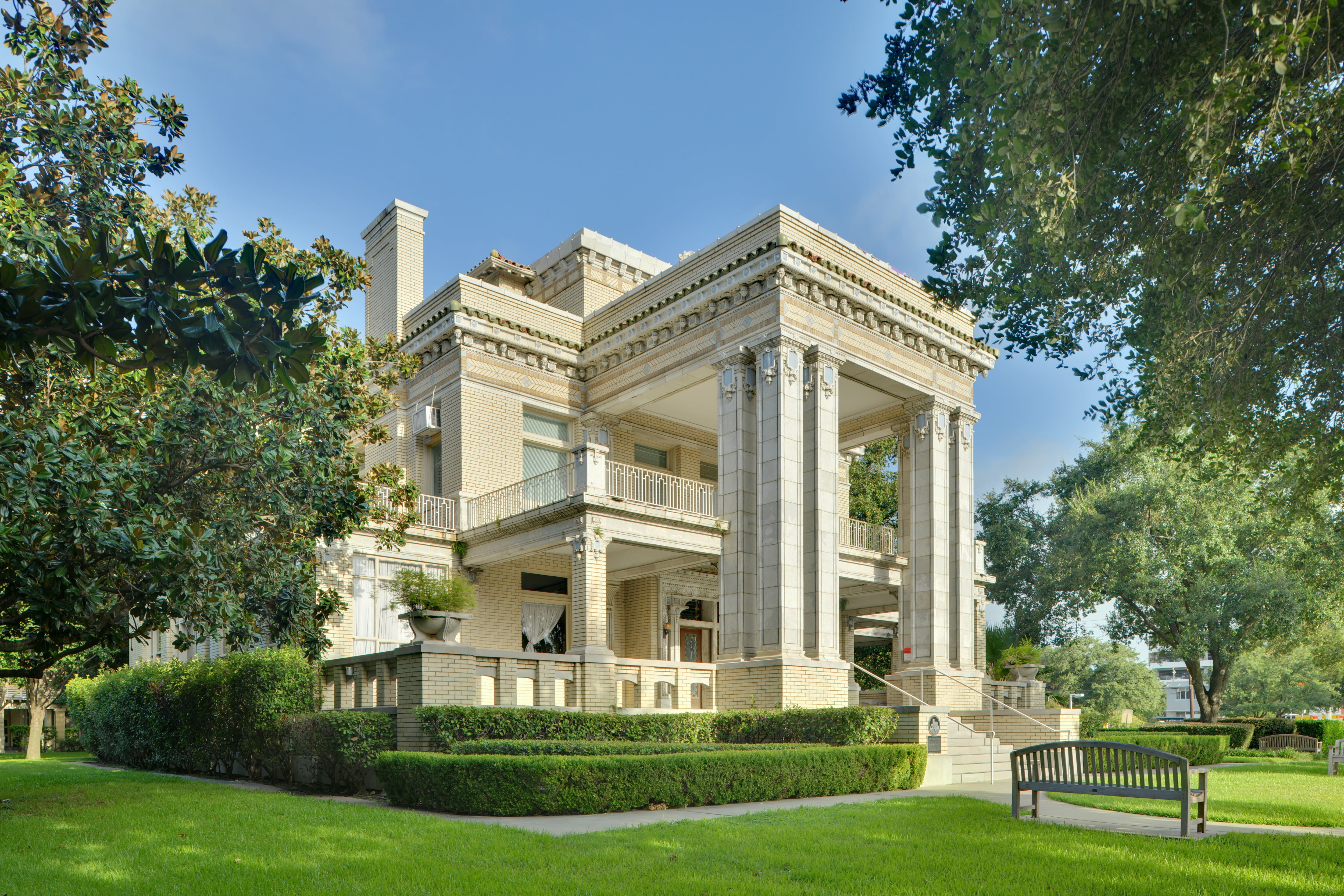Who Was Neil Armstrong?

Who was Neil Armstrong? It's hard to say.
Millions were watching on July 20, 1969, as Neil Armstrong dropped his white-booted feet onto the lunar surface and said his famous line about taking that “one small step.” He returned from the Apollo 11 mission one of the most famous people on the planet, a title he would hold for the rest of his life.
But even though Armstrong spent more than 40 years in the spotlight before his death in 2012, we know very little about the boyish test pilot from Ohio. And that was by design.
Armstrong, who Buzz Aldrin once called “the J.D. Salinger of space exploration,” had no interest in being a celebrity, and he grew adept at shutting down any attempt to pry into his personal life. He never wrote an autobiography, rarely granted interviews, and was so seldom seen in public during the final years of his life, rumors circulated that he was a recluse.
“For more than a moment he was the most famous person alive. He could have taken advantage of that, but he chose not to,” says Robert Pearlman, founder of CollectSpace.com, a website devoted to space memorabilia. “I’ve always thought there was some cosmic appropriateness that when he was doing the thing we remember him for, he was wearing that visor, so he could see out, but we couldn’t see him. He kept it that way.”
All of which serves to heighten interest in an upcoming series of auctions, featuring more than 2,000 items gathered by the Armstrong family (others were donated to museums), to be held by Dallas-based Heritage Auctions. The first will take place this month in Dallas, with the other two scheduled for next year. A portion of proceeds—which, based on the market for Apollo-era space memorabilia, should be substantial—will go to charities that Armstrong and his first wife, Janet, who died earlier this year, supported.

A piece of the Wright Bros. plane that went to the moon.
The collection spans Armstrong’s entire life, from his childhood in Ohio, where his dad was a state auditor, to his days as a test pilot, and, of course, his career as an astronaut, which in 1962 brought him and his family to Houston, where they stayed until 1971, when Armstrong left NASA.
Some buyers will be going for the obvious acquisitions—the Gemini flight suit, pieces of the Wright Brothers’ 1903 plane that Armstrong took to the moon, letters he exchanged with celebrities and presidents. But we find we’re fascinated with the more mundane pieces, the ones that might give us a hint of what the man behind the visor actually might have been like.
A scrap of paper, yellowed with age, turns out to be a letter that the famously cool Armstrong wrote to the Easter Bunny in his childish scrawl. Elsewhere, a set of sketches reveals the anxieties faced by Armstrong’s family. In the days leading up to the launch, the close-knit clan was officially “happy and proud” and not at all worried about their loved one climbing on top of a rocket and being shot into outer space, but we now know that Armstrong privately sat down and drew detailed diagrams of the lunar module to explain to his father how NASA was going to pull the thing off.
In the years after Armstrong left the space program to become an engineering professor at the University of Cincinnati, he must have been pretty into Mannheim Steamroller—he owned copies of their first three albums. We imagine him grooving to his Quincy Jones record, A Walk On the Moon, while puttering around on weekends at his farm in rural Ohio. And apparently the man was enough of a Wings enthusiast to have a copy of their live album. You can almost picture him grading papers while “Silly Love Songs” plays in the background. Almost.
It’s even more difficult to picture the laconic astronaut as a guy who owned an astronaut garden gnome, but we now have proof that he did.
Armstrong’s irritation with fame only grew over time—understandably, really. At one point he even caught his barber trying to sell his hair clippings. But one of the most interesting things about the auction items is that the man who so famously withheld himself from his public—who, as early as 1976, sniped to a reporter, “How long must it take before I cease to be known as a spaceman?”—apparently kept everything, perhaps with an eye to his legacy.
That means the auction will include the usual detritus of a life—old magazines, his children’s report cards, long-expired driver’s licenses—alongside the stuff that only an Apollo astronaut would have: commemorative photos and pins, specially minted coins, NASA newsletters, proclamations, keys to cities, plaques, even autographed photos of fellow astronauts, baseball players, and presidents. Perhaps he liked getting them more than giving them.

One of Armstrong's NASA pins.
There’s a healthy appetite for Armstrong in the space-collecting market, according to Anthony Pizzitola, a Houston-based autograph collector who’s amassed more than 80 Armstrong autographs. The astronaut never hit the paid-autograph circuit and, after the mid-1990s, stopped doing them almost entirely, so his spiky signature can fetch more than $2,000.
“He was hard to get to. He just wanted to be a normal guy, but the fans kept coming and coming,” Pizzitola says, with no apparent irony. “He would probably say this was totally unnecessary if he was here, but at the same time, what else are they supposed to do with all of that? At least this way they’ll be sharing these items that belonged to the first man on the moon.”
Pearlman met Armstrong a few times over the years, and while the famed astronaut could be funny and kind in private, he never gave any indication that he was interested in space memorabilia. The collector was shocked to learn that Armstrong had preserved his past in the first place. When he sat down and looked through it all, he was stunned.
“Considering that we never had a hint that this collection existed, the breadth of it was a surprise,” Pearlman says. “It’s charming, really, because he could have easily thrown all this stuff out. He certainly didn’t put any great importance on memorabilia in his life, but the fact that he felt these things were important enough to hold onto, that says a lot.”
And that will have to be enough.
The first of three auctions takes place November 1–2. Heritage Auctions, 3500 Maple Ave. in Dallas.




